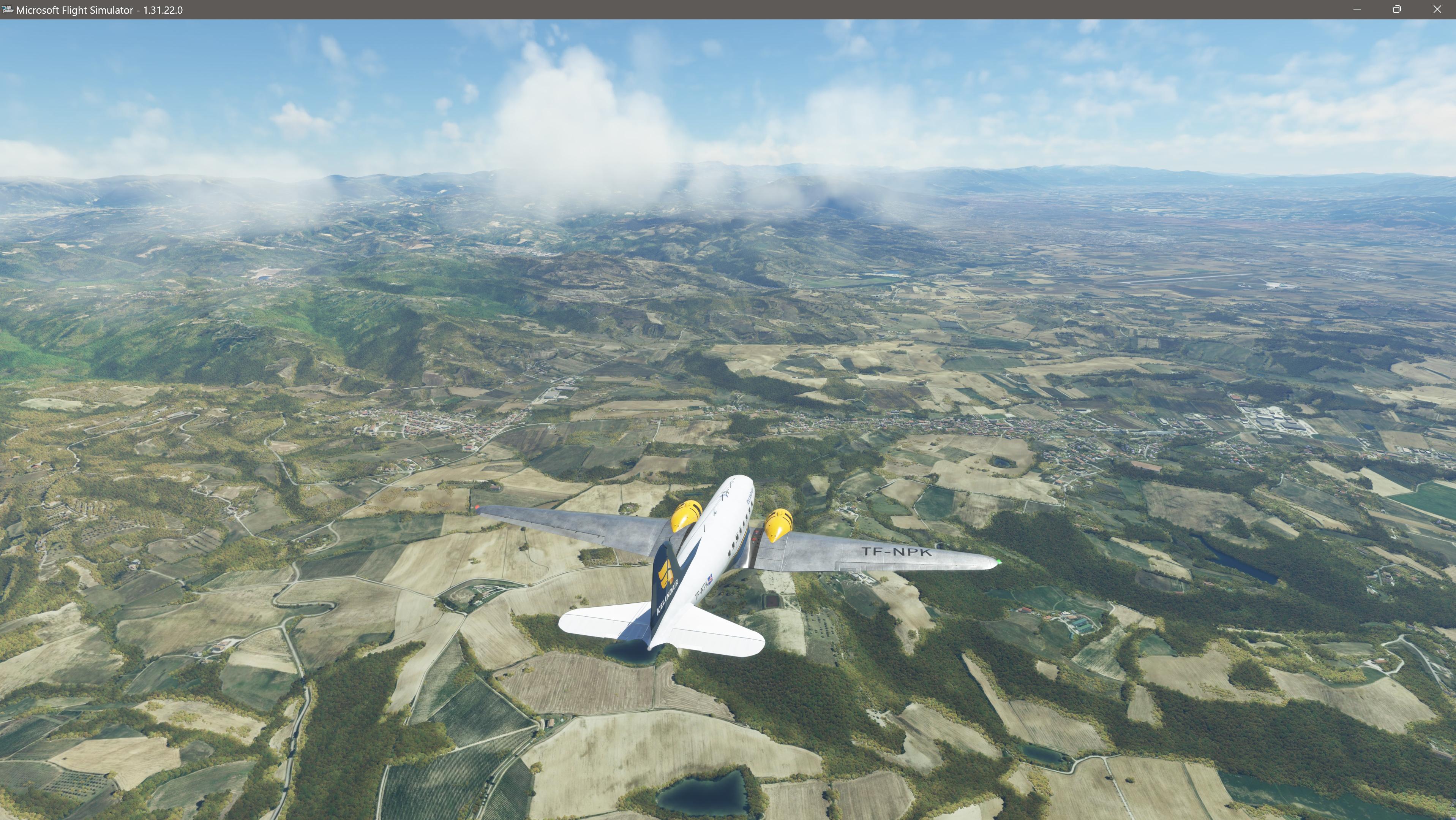Have you ever seen a photo that’s so blurry, it’s hard to even make out the subject? Yet, somehow, you still understand what’s going on. It’s almost as if the blur itself adds to the meaning, to the story. This curious phenomenon, this “blurry but you get the picture” effect, is much more than a technical imperfection. It’s a powerful tool in art, photography, and even our everyday lives, allowing us to communicate and connect on a deeper level.

Image: forum.orbxdirect.com
The art of the blurry picture goes beyond simple aesthetics. It taps into our human ability to fill in the gaps, to make sense of the incomplete. It encourages active engagement with the work, prompting us to ponder and interpret the scene. In this article, we’ll delve into the fascinating world of the blurry image, exploring its history, its technical aspects, its artistic implications, and its impact on our perception of the world.
The History of Blur: From Accident to Intention
While it may seem like a modern phenomenon, blurring has been a part of visual art for centuries. Early painters, lacking the technology for perfect realism, often used techniques like sfumato (Italian for “smoky”) to create a sense of depth and atmosphere. The resulting “blur” wasn’t a flaw; it was a deliberate artistic choice that added emotion and mystery to their works.
In the realm of photography, blurring was initially viewed as a technical failure, a result of poor focus or shaky hands. But as photography matured, artists began to embrace its imperfections, finding beauty in the accidental blur. Early experiments with long exposures captured the movement of objects, creating streaks of light and ethereal trails that evoked a sense of time and motion.
The Technical Aspects of Blur
Blurring, technically speaking, is the result of a lack of focus or a combination of factors like fast movement, camera shake, or shallow depth of field. It can be achieved through various techniques, including:
- Camera Movement:
This technique, often called intentional camera movement (ICM), involves moving the camera during the exposure, creating streaks of light and motion blur. It is commonly used to convey a sense of energy, movement, or the passage of time.
- Shallow Depth of Field:
By using a wide aperture (low f-stop number), the photographer can create a narrow plane of focus, effectively blurring everything in the foreground and background. This technique is often used in portraits to isolate the subject and draw attention to their features.
- Panning:
Panning involves tracking a moving subject with the camera while keeping the shutter open. This technique blurs the background but keeps the subject relatively sharp, creating a dynamic sense of movement.
Blur Beyond the Camera: Psychological Impact
Beyond its technical aspects, blurring carries a powerful psychological impact. It plays on our brains’ natural tendency to fill in missing information, using contextual clues and prior knowledge to interpret the scene. This creates a sense of intimacy, allowing us to connect with the artwork on a deeper level.
In a world saturated with hyper-realistic images, a blurry photograph can be a breath of fresh air. It invites us to slow down, to look beyond the surface and to engage with the image on an emotional level. This is especially true in portraits, where a slight blur can soften features and evoke a sense of mystery and intrigue.

Image: www.thetechedvocate.org
Blur as a Storytelling Tool
In art, blurring is often employed as a storytelling device. It can be used to create a sense of nostalgia, to suggest movement, or to evoke a particular mood. In photography, it can be used to highlight a specific element in the scene, to create a sense of depth, or to simply add an interesting visual effect.
For instance, a blurry photograph of a bustling city street might convey a sense of movement and chaos. Conversely, a blurry image of a solitary figure walking through a forest might evoke feelings of peace and tranquility. The interpretation, of course, is subjective and influenced by the viewer’s individual experiences and perspectives.
Blur in Everyday Life
Blur isn’t just confined to the world of art and photography. We encounter it in our everyday lives, from the hazy glow of streetlights at night to the fleeting glimpses of people rushing by. This constant background blur helps us navigate our world by focusing our attention on what is most important. It also creates a sense of anonymity, allowing us to exist in a shared space without feeling constantly scrutinized.
The Future of Blur
The use of blur in art and photography is constantly evolving. As technology advances, new techniques and algorithms are being developed that allow for more sophisticated and creative ways to manipulate blur. AI-powered tools are even being used to generate entirely blurry images, blurring the lines between reality and abstract art.
But the fundamental principles remain the same: blur serves to guide our attention, evoke emotions, and tell stories. It’s a reminder that perfection is often overrated, and that beauty can be found in imperfection. The next time you encounter a blurry image, take a moment to appreciate its unique qualities. You might be surprised at the depth of meaning you discover.
Blurry But You Get The Picture
https://youtube.com/watch?v=5cNfzi2P28E
Conclusion
The “blurry but you get the picture” phenomenon is more than a technical flaw. It’s a powerful tool for communication and expression, allowing us to connect with art and each other on a deeper level. From the sfumato techniques of Renaissance painters to the intentional blurring of modern photographers, the art of the blurry picture has been captivating audiences for centuries. So next time you see a blurry image, don’t dismiss it as an accident. Instead, take the time to engage with the blur, to fill in the gaps and to discover the story it tells.





